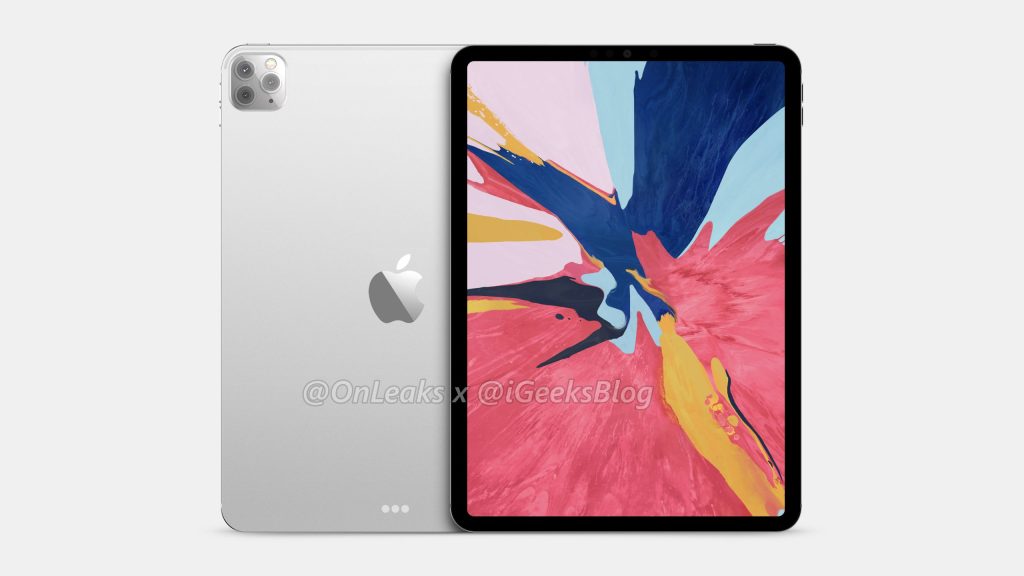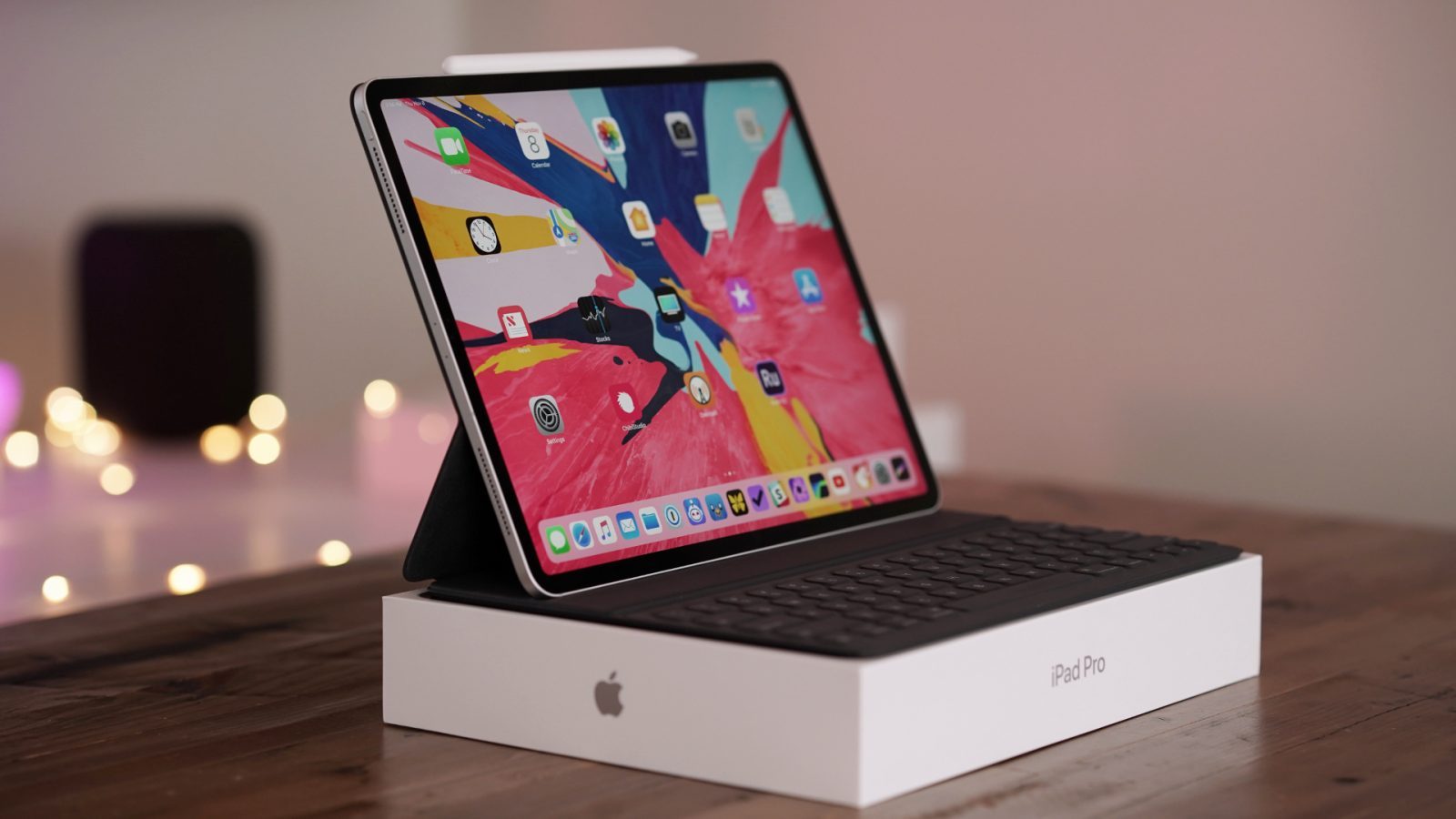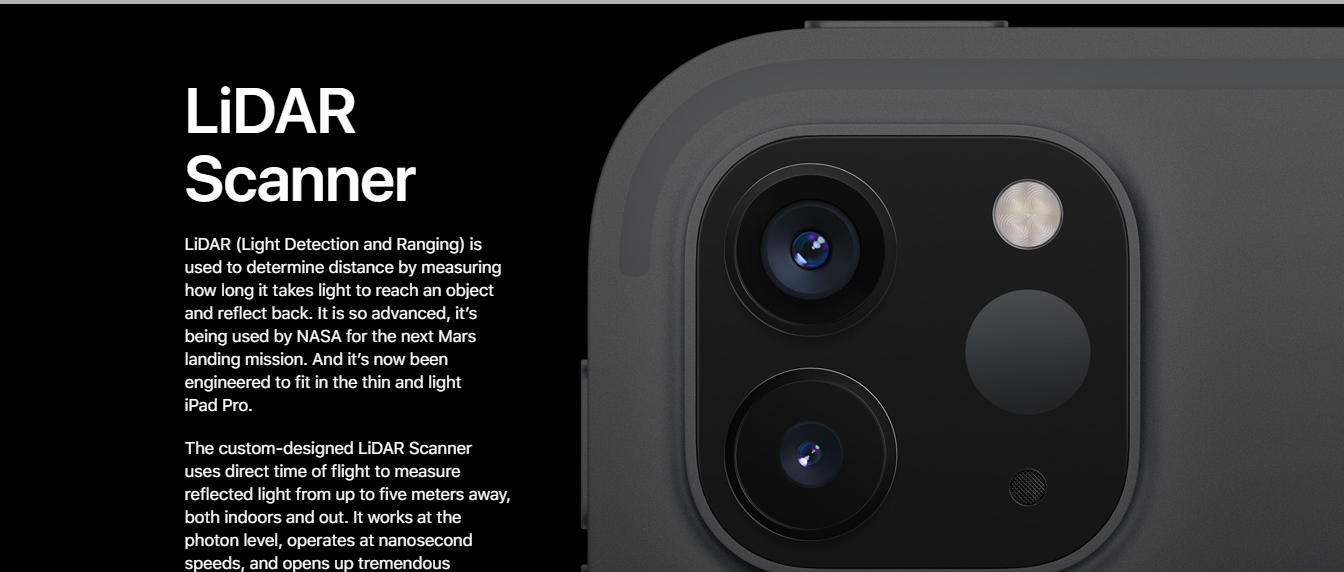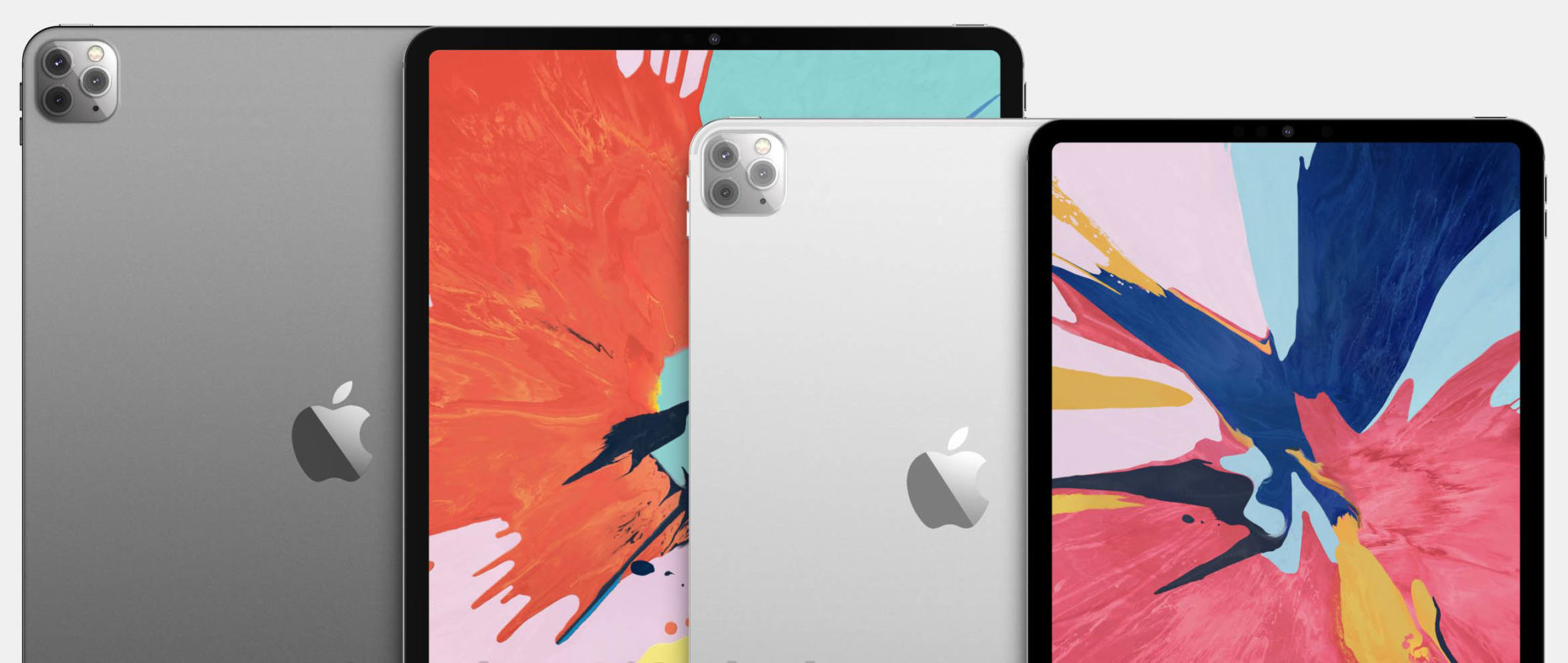A few days ago, Apple announced the new iPad Pro online as the March event (the iPad event) was canceled due to the Corona Virus pandemic. It is probably the only product that will ship during the global crisis. Nevertheless, the new iPad is here, and it is the most versatile and the most powerful tablet in the market without any competition. In fact, it was right for the last year’s iPad Pro model too, so there is no competition for Apple in the high-end tablet market (or should I say low-powered laptops market?).
ALSO READ: COVID-19 lockdown kill time.
The whole idea behind the iPad lineup was to make the low-powered notebooks obsolete, and up until last year, the company was nowhere near its goal. The main reason behind it was the IOS and its restrictions. However, it is not the case with the current iPad Pro as Apple has already released new software conveniently called the iPad OS to back up the hardware.
As a result, the tagline that Apple is using for the new iPads is “Your next computer is not a computer.” It is a rather strange way of saying that iPad pro will be your new laptop. Sure it is faster than many notebooks out there, it even has a better battery life, but it costs at least the same or a lot more than its competition. It seems we are comparing Apples with oranges, but it is the comparison of standard Apples with expensive Apples.
Design
The new iPad Pro employs the same design as its predecessor. It depends upon the size of the display mainly, but the outer shell has mostly the trademark slim Apple look. It looks pretty much similar to the previous model, with the exception of the back. The back camera housing looks more like the iPhone 11 models, which is not bad necessarily.
When viewed from the landscape view, it still houses the magnetic strip on the top for attaching the Apple pencil. The only port here is the USB-C port for charging and connection purposes. Sadly, there is still no headphone jack, and for many professional consumers, the headphone jack is a must since there is little to no latency in a wired connection as opposed to the Bluetooth connection. On the front, it has the same reliable FaceID system for quick unlocking.

It measures 11.04 x 8.46 x 0.23 inches and weighs around 1.41 pounds which is little more than the last year’s model. The Wifi+cellular version is a tad bit heavier, too, at 1.42 pounds.
Display
The display remains the same as before. It has the same high refresh display 120Hz with a 240Hz touch response. It continues to be one of the best displays in the market. It has bright and accurate colors to aid in professional work. It can go up to 600-nits of peak brightness, which is a lot more than the competition Surface Pro X which only goes up to 417-nits.

It also delivers a wide range of colors as it registers 122.9% of the sRGB color gamut, which is again way higher than the competition. Lastly, it is the only device that can utilize the higher refresh display in the applications, which takes us to the fun bit the processing power of the iPad Pro.
Performance
The new iPad Pro comes with the Apple A12Z Bionic chip. As the name suggests, it is the enhanced version of the already enhanced A12X chip debuted in the 2018 iPad Pro. It offers an 8-core CPU and a new 8-core GPU that can breeze through any task that you put forward. The improved graphics core provides a significant improvement in graphics performance. On the Geekbench, the iPad Pro was able to score 1126 on the single-core and 4720 on the multi-core, which is marginally better than the A12X chip. It was able to score 1114 and 4635, respectively, on the single-core and multi-core benchmark.
If we talk about the comparison, the Surface Pro 7 was able to score better in the multi-core performance, but IPad Pro fared better in the Single-core performance. It must be noted that the 10th gen core i5 processor powers the device, and it has 8GB RAM. iPad Pro’s traditional competitor, Surface Pro X, could not even run the Geekbench app because of its ARM-powered SQ1 chip.
In terms of real-world performance, the iPad Pro has a big leap over any other device in the competition. It only takes 34 seconds to export a 4K video into 1080p while adding a color filter on the Adobe Rush. The iPhone 11 Pro takes more than 45 seconds while the Surface Pro X could not even run the app natively. Moreover, it is the only handheld device that can actually utilize the 120Hz display in games. It can run Fortnite, Asphalt 9 at 120FPS, which is a feat on its own.
Lastly, the real performance comes in the graphics department because we now have two more cores in the GPU. It was able to score 9117 on 3D Mark’s Slingshot benchmark, which should give a rough idea of what the iPad’s GPU can do.
Keyboard and trackpad
The iPad pro usually comes with the keyboard as an accessory. However, this time around, Apple is getting serious with a “substitute for your computer” as the new iPad Pro fully supports keyboard and trackpad. It should be noted that the support for the trackpad is coming to the older iPad models top, so it is not an exclusive thing.
The iPad OS now has a redesigned cursor that appears as a circle on the screen, and it morphs into different shapes depending on what you are doing the same as any cursor. It also supports any Bluetooth mice, too, so if you do not want to invest around $130 on Apple’s oversized trackpad, you are covered.

With the new iPad, Apple introduced the Magic Keyboard as an accessory. The accessory has Apple’s improved Magic Keyboard and Apple’s trademark Trackpad. It magnetically connects with the iPad in the landscape mode and the hinge behind the back of the device, which elevates it and puts it into a better viewing angle. You can also change the angle from 90 to 130 compared to only two options offered in the Keyboard Folio. It has its own USB-C port for charging, so the single port on the iPad remains free for other purposes.
The Magic Keyboard accessory will be available in May, and It will only cost $349 for the 12.9 inches and $300 for its smaller 11-inch brother. Apple has also partnered with Logitech to produce more accessories for the iPad Pro lineup.
Camera
You must be thinking about the weird triple camera design in the back of your new iPad Pro 2020. It only houses two cameras while the third one is a LIDAR sensor. The standard camera has a 12 Megapixel lens with f/1.8 aperture while the other one is the Ultra-wide camera that has a 10 Megapixel lens and f/2.4 aperture.
The camera is not as good as the one present in the iPhone 11 series, but it takes decent pictures. It can record video up to 4K. You basically do not expect much from a camera on the back of the tablet, especially if you are marketing it as a computer. Yet, the new iPad has a fantastic camera system in place.

Coming to the third entry in the camera square, it is a LIDAR sensor or merely a time-of-flight sensor. The goal of this camera is to enable the developers who are working on AR projects as it will help with the augmented reality. The measurement app is showing vast improvement as it is detecting different surfaces efficiently. The sensor works closely with the Neural engine in the A12Z Bionic chip, and thanks to that AR placement is now instantaneous.
Apple Pencil
The new iPad continues to support the 2nd generation of Apple Pencil introduced with the 2018 iPad Pro. It lets you draw and take notes anytime, anywhere. The functionality is the same as before but with faster and efficient results. Sadly, there are no reductions to the price, too, as it still costs $129.

Battery and Price
Apple claims that the 12.9-inch iPad Pro can surf the web through a wireless connection for 10 hours on a single charge. Take the claim with a grain of salt. Our initial tests suggest that it can go for around 7 hours of intense workload, which includes Photoshop, gaming, and other daily tasks. So, your iPad will easily last for more than a day on a single charge.
The pricing bit is a little unconventional in the case of iPad pro since it is not marketed as a laptop. The 11-inch starts at $799, while the 12.9-inch model starts at $999 for 128GB of storage. If you are looking to replace your old notebook, you should probably invest in an iPad that has at least 256GB storage. Add the accessories, and you are looking at around $1200 for the 128GB version. For perspective, we recently reviewed the MacBook Air, and you can get a MacBook Air with 256GB base storage at $999, although the processor will be slower.
ALSO READ: The new MacBook Air features a faster processor but costs less
Verdict
Finally, let’s go back to the iPad Pro’s tagline “Your next computer is not a computer” for some people; it is actually very true. For some people, portability is more important than any other feature, and there is no other computing device that is more portable than the iPad Pro.
For others, it is simply not a computer, mainly because of the limited iPad OS. Many desktop apps do not even open at the iPad Pro, yet some still face glitches. Add the price differential, and you will be better off with the MacBook Air.


